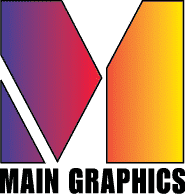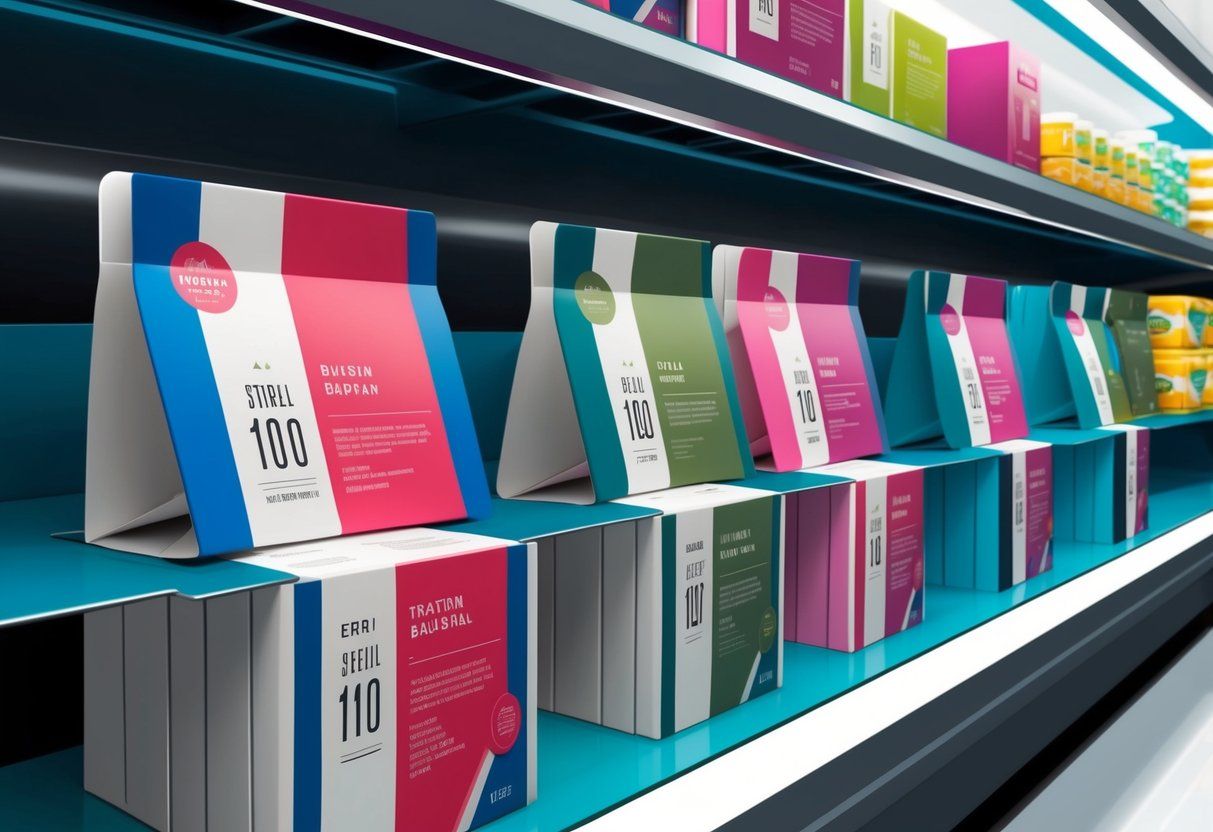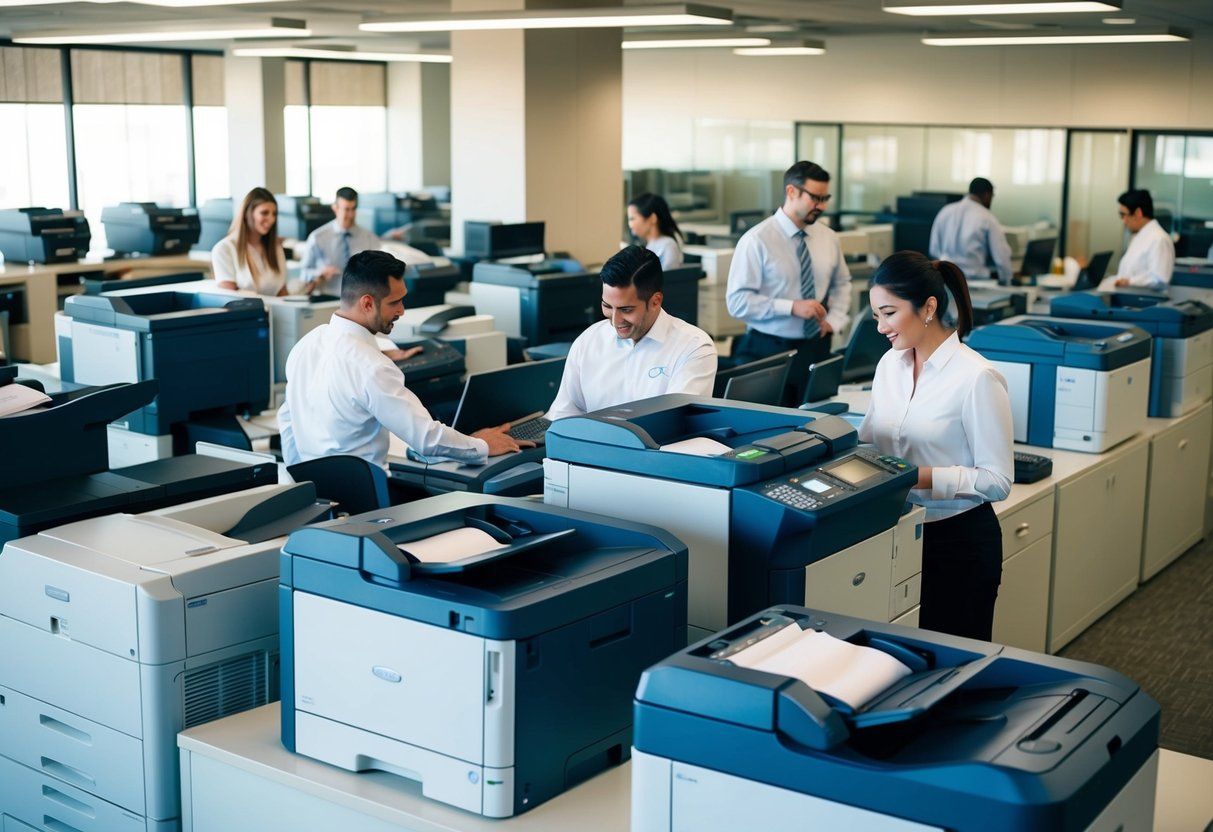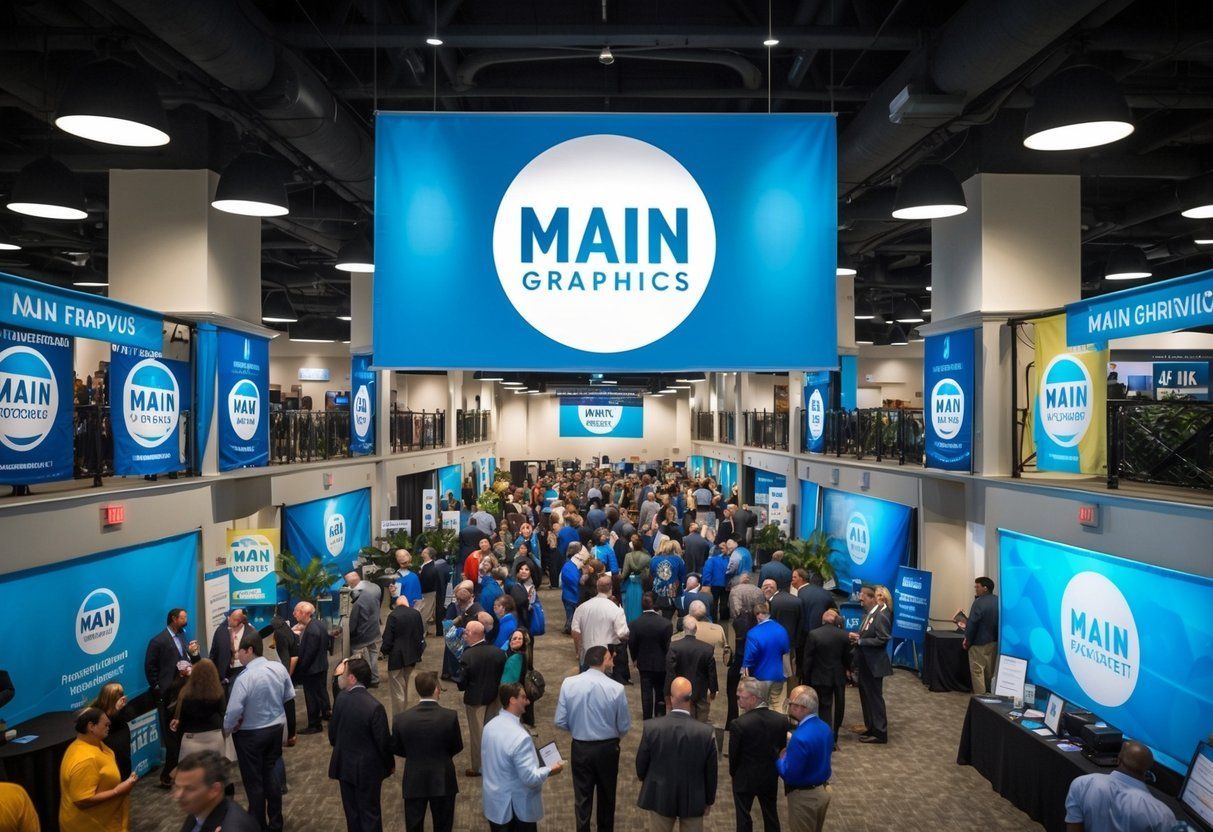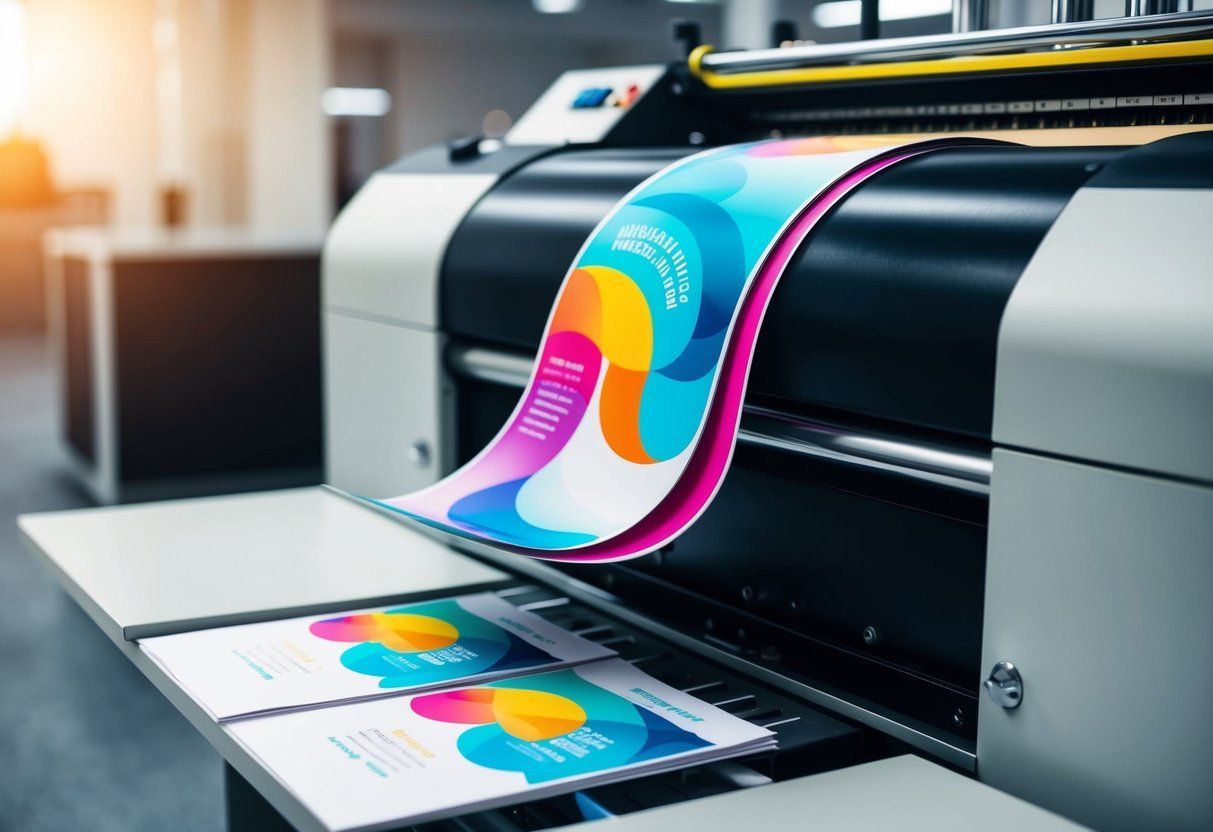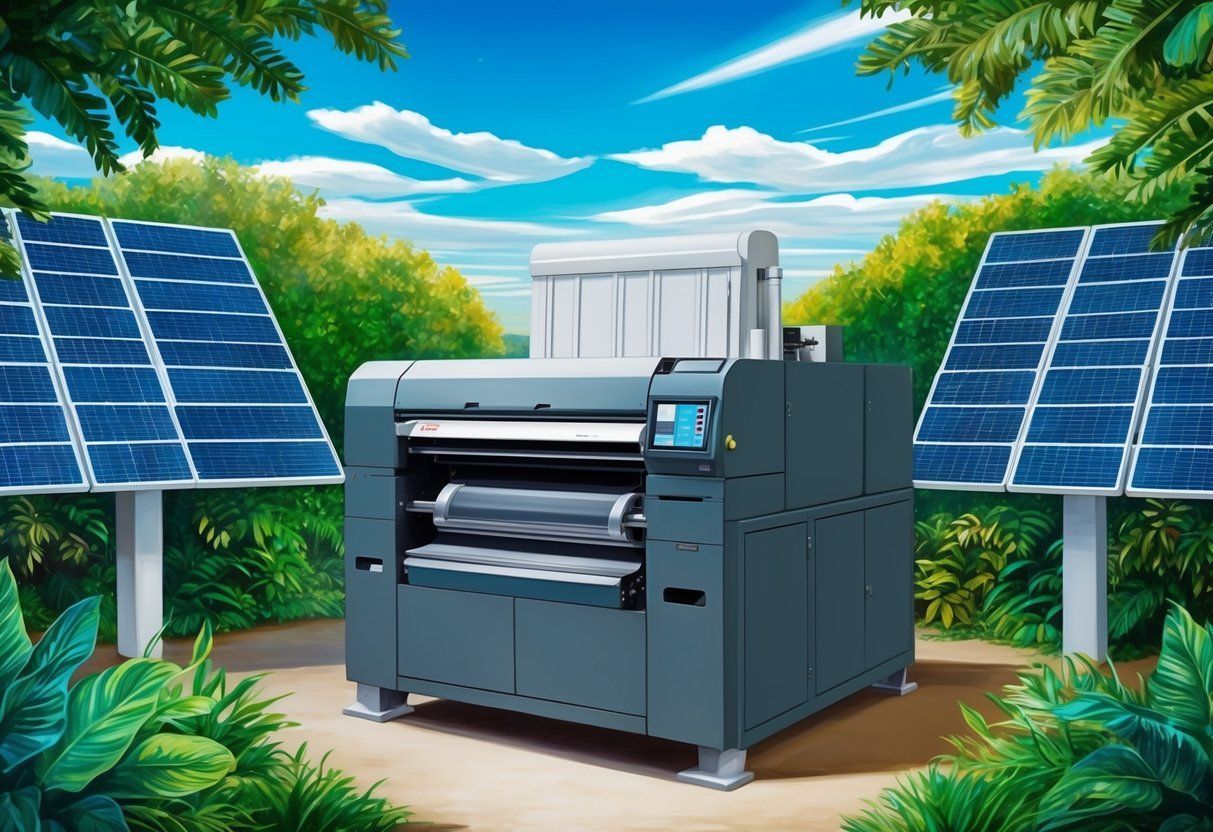Digital Printing Choices to Consider for Effective Marketing Strategies
Digital printing offers a range of options that can meet various needs. Choosing the right printing method and materials can significantly affect the quality and cost of the final product. Understanding the differences between techniques like inkjet and laser printing is essential for making informed choices.
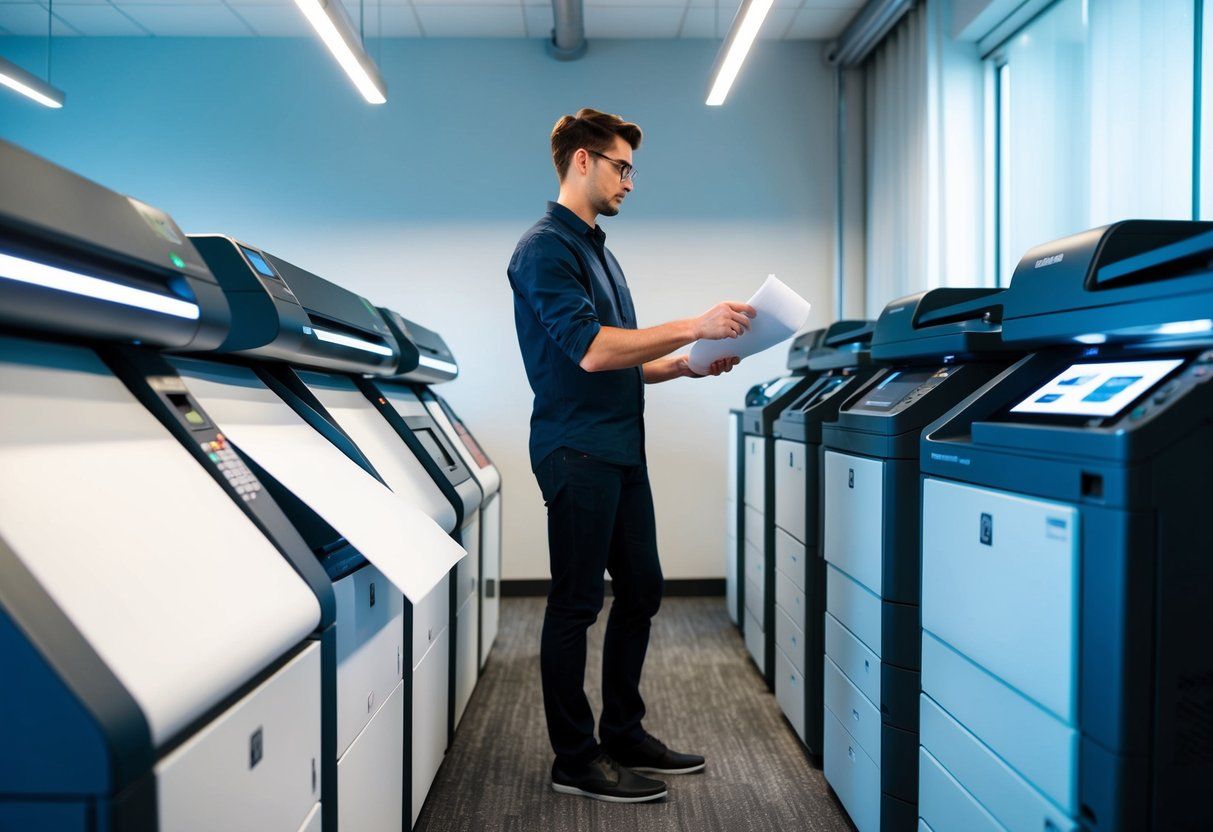
Preparation plays a crucial role in achieving the best results. Knowing the specific requirements for each printing method helps in selecting the right materials and formats. Those new to digital printing may find the number of choices overwhelming, but careful planning can streamline the process.
Different projects may require different approaches. Whether it’s a brochure, business cards, or banners, each product has unique specifications that need consideration. The key to a successful project lies in understanding these factors and how they impact the final outcome.
Key Takeaways
- Selecting appropriate materials affects print quality and costs.
- Preparation is vital for achieving desired print results.
- Different products require tailored approaches for successful printing.
Understanding Digital Printing
Digital printing offers a modern approach to producing high-quality images directly from digital files. This process has gained popularity due to its efficiency and flexibility. The following details will highlight the basics of digital printing and compare it with traditional offset printing.
Basics of Digital Printing
Digital printing uses inkjet or laser printers to transfer images directly from a digital file to paper or other materials. This technology eliminates the need for printing plates, making it quicker and less costly for smaller runs.
Key benefits include:
- Fast Turnaround: Prints can be made almost immediately.
- Customization: Each print can be different without additional costs.
- Less Waste: Digital printing produces less waste than traditional methods.
Common uses include posters , brochures, and business cards. It is ideal for projects requiring short runs or unique designs.
Digital vs. Offset Printing
Offset printing is a traditional method that involves creating a printing plate for each design. While it can produce high-quality prints, it is best suited for large quantities due to higher setup costs.
Comparison of Methods:
| Feature | Digital Printing | Offset Printing |
|---|---|---|
| Setup Costs | Lower for small runs | Higher setup costs |
| Print Quality | Very good for most | Excellent for details |
| Speed | Fast turnaround | Slower setup process |
| Customization | High | Limited |
Digital printing is great for short runs and customization, while offset printing shines in large-volume projects. Each method has its unique advantages, making them suitable for different needs.
Preparation for Print
Preparing for print is crucial for achieving high-quality results. Key aspects include design considerations, color management, and choosing the right file format and resolution. Each element plays a significant role in ensuring the final product meets expectations.
Design Considerations
Effective design is critical for print products. The layout must be clear, with appropriate contrast between elements. Using a grid system can help maintain balance and alignment.
Text should be legible, using fonts that are easy to read. Size matters; body text should typically be at least 10pt to ensure clarity.
Utilizing layers in digital design allows for easier adjustments in graphics and text. This flexibility is valuable when making changes before printing.
Color Management
Color choices directly impact print quality. Understanding RGB and CMYK is essential. RGB is used for digital screens, while CMYK is preferred for print.
Always convert files to CMYK before printing. This avoids unexpected color changes.
Consider using a color profile to maintain consistency across different devices. A calibrated monitor ensures accurate color representation when designing.
Testing colors with swatches can help visualize the final print result.
File Format and Resolution
Choosing the right file format affects print success. PDFs are often preferred because they preserve layout and quality. JPEGS can also be used, but they may lose detail when compressed.
Resolution is key; images should be at least 300 DPI (dots per inch) for clear prints. Lower resolution may lead to pixelation and blurry images.
Before sending files to print, double-check the resolution and ensure elements are not too close to the edges. Use bleed settings to prevent any important details from being cut off.
Choosing the Right Materials
Selecting the right materials is crucial for achieving high-quality prints. The choice impacts print quality, color accuracy, and overall appearance. Here are important factors to consider.
Paper Types and Quality
The type of paper chosen can greatly affect the end product. Common paper types include:
- Coated Paper : This paper has a layer that enhances color vibrancy and sharpness. It is ideal for photos and marketing materials.
- Uncoated Paper : This type offers a natural finish. It’s good for writing and printing where minimal gloss is desired.
- Cardstock : Thicker and sturdier, cardstock is perfect for business cards and postcards.
Quality matters too. Higher quality paper can lead to sharper images and more vibrant colors. Using the right weight and finish can also enhance durability.
Substrates and Media Varieties
Substrates play a big role in digital printing. They refer to the materials that printing occurs on. Common substrates include:
- Canvas : Great for art reproductions. It provides a textured finish, giving a gallery-style look.
- Fabrics : These can be used for banners, promotional items , or clothing. Different fabrics yield unique feels and appearances.
- Vinyl : Often used for signage and decals. It’s weather-resistant and durable, making it ideal for outdoor use.
Choosing the right substrate affects the look and feel of printed materials. Each substrate has specific qualities that can enhance the project’s success.
Inks and Finishing Options
Inks are crucial for achieving desired outcomes. Liquid inks are often preferred as they provide vibrant colors and sharp details. Here are ink options to consider:
- Dye-based Inks : These inks are great for color accuracy and vibrancy but may fade faster in sunlight.
- Pigment-based Inks : They offer better longevity and are more resistant to fading, making them ideal for keepsakes and artwork.
Finishing options can further improve the appearance. Choices include:
- Gloss or Matte Coatings : Gloss adds shine and enhances color while matte gives a subdued, elegant look.
- Lamination : Protects prints from wear and tear, enhancing durability.
Selecting the right inks and finishes can elevate the quality of printed materials significantly.
Technical Considerations in Digital Printing
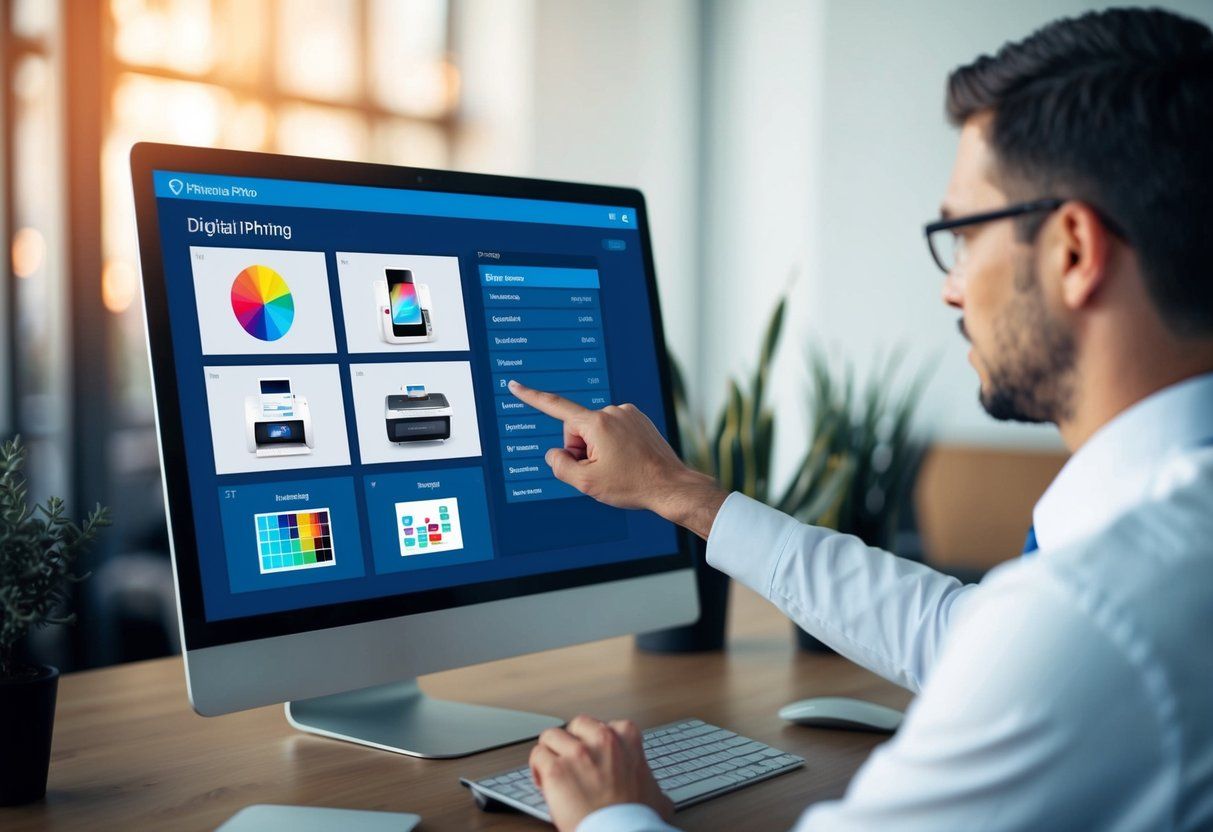
When choosing digital printing options, several technical aspects play a key role. Print resolution, speed, and the ability to personalize printed materials are crucial for operations and end results. Understanding these elements helps in making informed decisions.
Print Resolution and Quality
Print resolution affects the clarity and detail of the images produced. It is measured in dots per inch (DPI). Higher DPI means better image quality, especially for photographs or intricate designs.
For example, a resolution of 300 DPI is standard for high-quality prints. This ensures sharp images and text. Lower resolutions, like 150 DPI, may suffice for larger prints seen from a distance, but they can appear blurry up close.
Investing in printers with advanced print heads can improve quality. These print heads control ink flow and placement, contributing to sharper images and vivid colors.
Speed and Volume Capabilities
Speed is vital, especially for meeting tight deadlines. Digital printers can vary in output speed, often measured in pages per minute (PPM). Higher PPM numbers indicate faster printing.
For large print volumes, it is essential to choose printers designed for high-capacity jobs. Some models can handle thousands of prints without losing quality. This capability is beneficial for businesses that need quick turnarounds.
Additionally, printers that can handle short print runs are ideal for customized projects. This flexibility allows companies to print smaller quantities without incurring high costs.
Personalization and Variable Data
Personalization is increasingly important in marketing. Digital printing allows for variable data printing, which means each printed piece can be unique. This capability is useful for creating personalized mailers, invitations, or promotional materials.
Customizing products helps businesses connect better with their audience. Using variable data, marketers can change text, images, or designs for different recipients easily.
This ability not only enhances engagement but also increases the effectiveness of campaigns. Knowing which printers can handle variable data options is crucial for businesses aiming to implement this strategy effectively.
Print Products and Applications
Different print products serve a variety of purposes in marketing and branding. Understanding the specific applications can help businesses choose the right items for their needs. The choices range from promotional materials to specialized signage, each with its own advantages.
Marketing and Promotional Materials
Marketing and promotional materials include products like business cards, brochures , and posters . These items are crucial for brand visibility. Business cards allow for personal connections, while brochures provide detailed information about products or services.
Posters and banners are effective for large-scale promotions. They can grab attention in crowded spaces. Using high-quality, vibrant colors enhances visibility. Brochures can be folded into different styles , making them versatile. They work well for events and trade shows.
Print marketing allows for customization. Brands can change designs to fit different campaigns or audiences. With digital printing, short runs are possible, making it easier and cheaper to produce smaller quantities. This flexibility in quantity and design creates more opportunities for targeted marketing.
Specialized Items and Signage
Specialized items and signage include labels, vehicle wraps, and wide format prints. Labels are essential for product identification and branding. They can be printed on different materials, including vinyl, to withstand various conditions.
Vehicle wraps turn cars into moving advertisements. They provide visibility in a mobile format. Wide format prints, including large banners and custom signage, are useful for events and storefronts. These items help businesses stand out in public spaces.
Using durable materials ensures that graphics remain intact over time. Companies can choose from a variety of finishes, like matte or glossy, to match their branding. Effective signage directs customers to locations while reinforcing brand presence.
Economic Aspects of Digital Printing

Digital printing can offer various economic benefits, especially for businesses looking to optimize their projects. Cost-effectiveness, quick turnaround times, and improved print quality are critical factors that impact the decision-making process.
Comparing Costs with Benefits
When evaluating digital printing, comparing costs with benefits is essential. Digital printing often has lower costs for small print runs. Traditional printing methods usually require larger quantities to justify the setup costs.
Cost per unit can be lower with digital options, especially for customized projects. The savings in setup time mean that projects can be finished faster, which is valuable for urgent needs.
Additionally, the improved print quality helps ensure customer satisfaction. Businesses must consider if the benefits of faster delivery and quality improvements outweigh any potential higher costs.
Budgeting for Digital Printing Projects
Budgeting is crucial for successful digital printing projects. Companies should carefully assess their needs and establish a clear budget. Understanding the cost per unit is the first step. This knowledge allows businesses to plan effectively.
A well-prepared budget should account for all aspects, including print materials and design costs . Companies may also explore cost-effective solutions to stretch their budgets further.
It’s important to include set limits for unexpected expenses. By staying organized and maintaining flexibility, businesses can navigate their digital printing projects without overspending. This approach leads to a more efficient and streamlined printing process.
Enhancing Your Digital Printing Experience
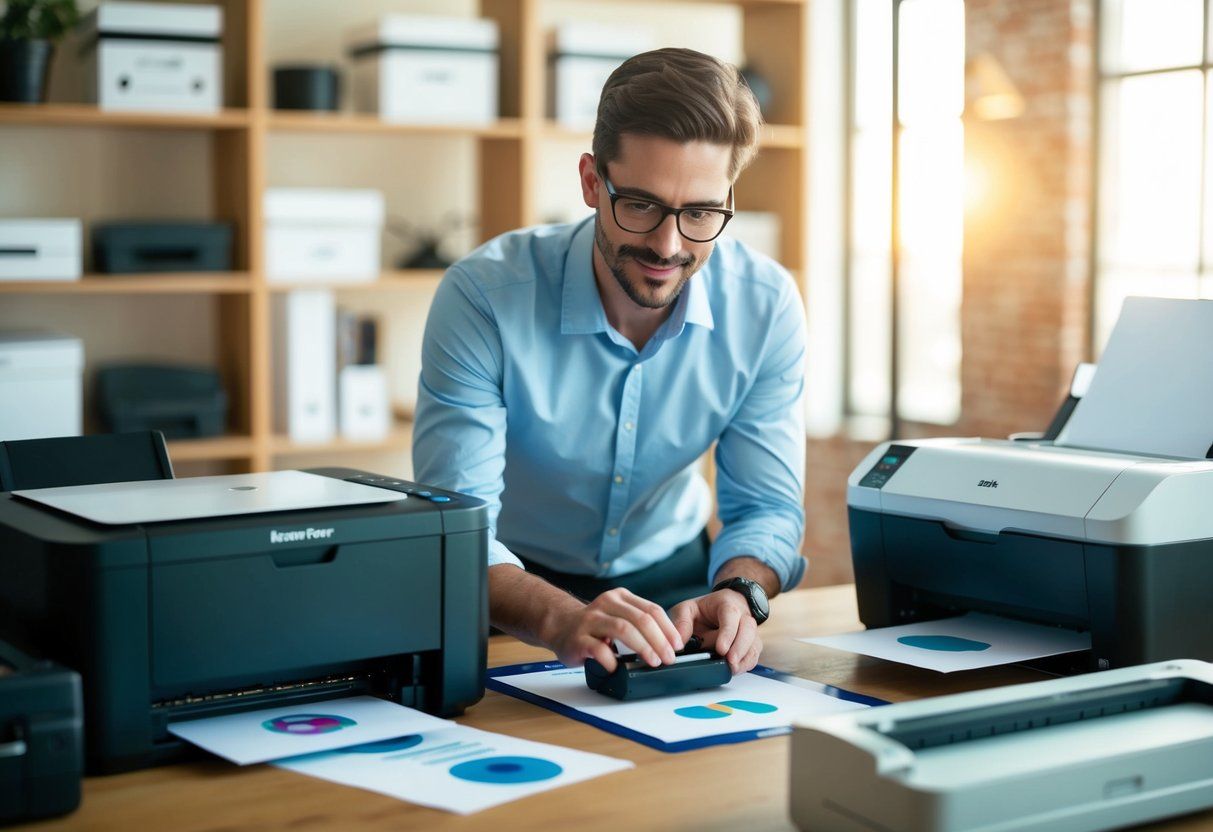
A better digital printing experience involves exploring customization options, understanding finishing techniques, and seeking support from professionals. These elements contribute to producing high-quality results that meet specific needs.
Customization and Flexibility
Customization is key in digital printing. Customers can select sizes, shapes, and colors to fit their projects. Many services offer templates and design tools that make it easy to create unique products.
Flexibility also plays a big role. Clients can order small or large quantities without the hassle. This is especially helpful for businesses that want to test new designs before a full print run.
Options like personalized images and text allow projects to stand out. The ability to adjust designs quickly can lead to better engagement with target audiences.
Finishing Touches and Aftercare
Finishing touches can elevate digital prints. Techniques like laminating add durability and enhance appearance. This protects prints from wear and tear while providing a professional look.
Other finishing options include die-cutting and foil stamping. These techniques can create eye-catching effects that attract attention. Proper aftercare is important too.
Customers should store prints in a cool, dry place to maintain quality. Following the printer’s recommendations helps extend the life of printed materials.
Seeking Professional Support and Feedback
Working with professionals can greatly help the printing process. They provide valuable expertise in design, material choices, and techniques. This guidance can prevent costly mistakes.
Customer reviews are another useful resource. They offer insights into a company’s reliability and quality. Engaging with past clients can provide perspective on what to expect.
Professionals also encourage feedback. Clients can share their experiences, helping improve services. This two-way communication fosters trust and enhances project outcomes.
Finalizing Your Print Project
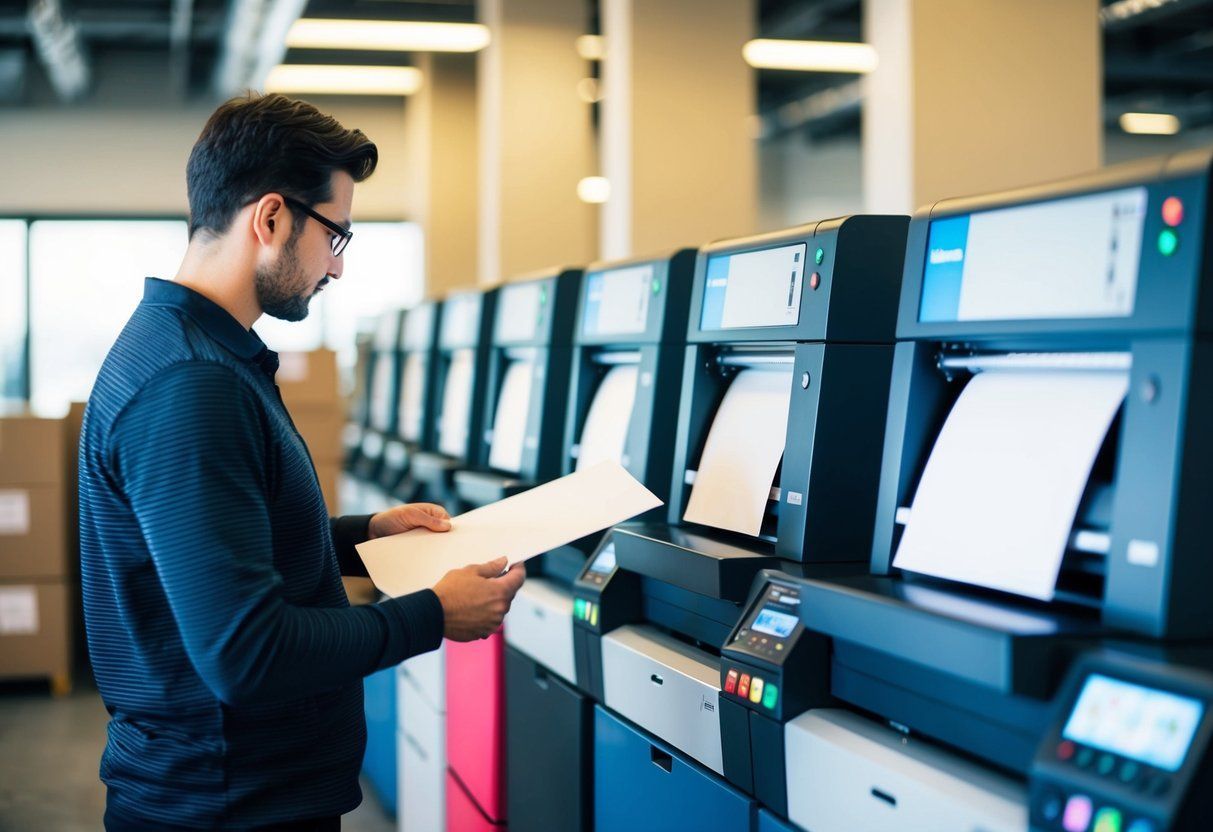
Before finalizing a print project, it is essential to pay attention to specific details. These details ensure that everything is correct and ready for printing, leading to a successful outcome.
Checklist Before Printing
A checklist is a helpful tool to confirm all aspects of the print project are completed. Here are key items to include:
- Design Review : Ensure design elements, like logos and images, are sharp and clear. Verify that the resolution is at least 300 DPI for high-quality prints.
- Sizing : Confirm that the sizes of business cards or other materials match the intended dimensions. Mistakes in sizing can lead to extra costs and delays.
- Content Proofreading : Look for spelling or grammatical mistakes. It’s valuable to have another pair of eyes review the text.
- Color Settings : Check color profiles. Using CMYK instead of RGB helps maintain color accuracy in print.
- Iteration : It may be necessary to go through several drafts. Feedback can lead to better final products.
Following this checklist helps to avoid surprises in the final product and ensures quality control.
Understanding Turnaround Time
Turnaround time refers to how long the printing process will take from start to finish. It is crucial to understand this for proper planning.
Typically, turnaround time can range from a few days to several weeks. Faster options are often available for those in a hurry. Factors that influence turnaround time include:
- Complexity : Simple projects take less time. Complex designs may require extra time for adjustments.
- Volume : Large print runs generally require more time than smaller orders.
- Finishing Options : Additional features, like lamination or special cuts, will add to processing time.
Communicating clearly with the printing company about these factors can help set realistic expectations, ensuring your project meets the desired timeline.
Frequently Asked Questions
This section addresses common questions about digital printing choices. It offers insights on selecting services, comparing methods, and understanding costs.
What factors should be considered when selecting a print-on-demand service for projects?
When choosing a print-on-demand service, it is important to consider factors like quality, turnaround time, shipping options, and customer support. The range of products offered and printing technology used can also impact the final results.
Which digital printing method yields the best results for high-quality digital artwork?
For high-quality digital artwork, methods like giclée printing are preferred. Giclée uses high-resolution inkjet technology, allowing for vibrant colors and fine details that enhance the artwork’s appearance.
How do various digital printing techniques differ from each other?
Digital printing techniques vary mainly in technology and application. For instance, inkjet printing is great for detailed images, while laser printing is faster for text-heavy documents. Each method has unique strengths that suit different needs.
What are the key differences between digital printing and traditional print methods?
Digital printing allows for shorter runs and faster production times since it does not require physical plates. Traditional printing often involves larger setup costs and is more efficient for bulk orders, but takes longer to produce.
What are the primary benefits of utilizing digital printing technology?
Digital printing offers several benefits, including quick turnaround times, customization options, and minimal waste. It also allows for easy updates and changes to designs without significant extra costs.
How do the costs of digital printing compare with those of traditional printing for small-volume runs?
Digital printing typically costs less for small-volume runs because there are no setup fees for plates or large batches. This makes it more economical for businesses or individuals needing only a few copies or personalized items.…
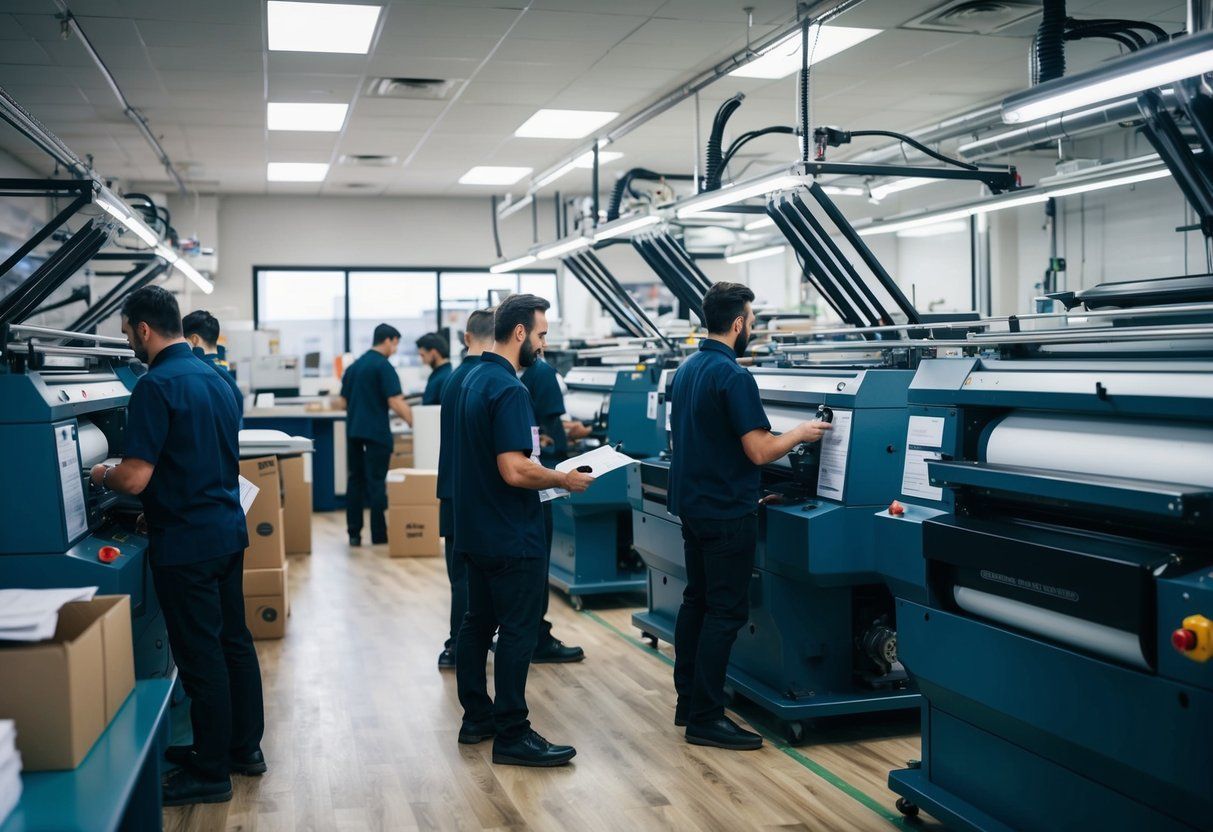
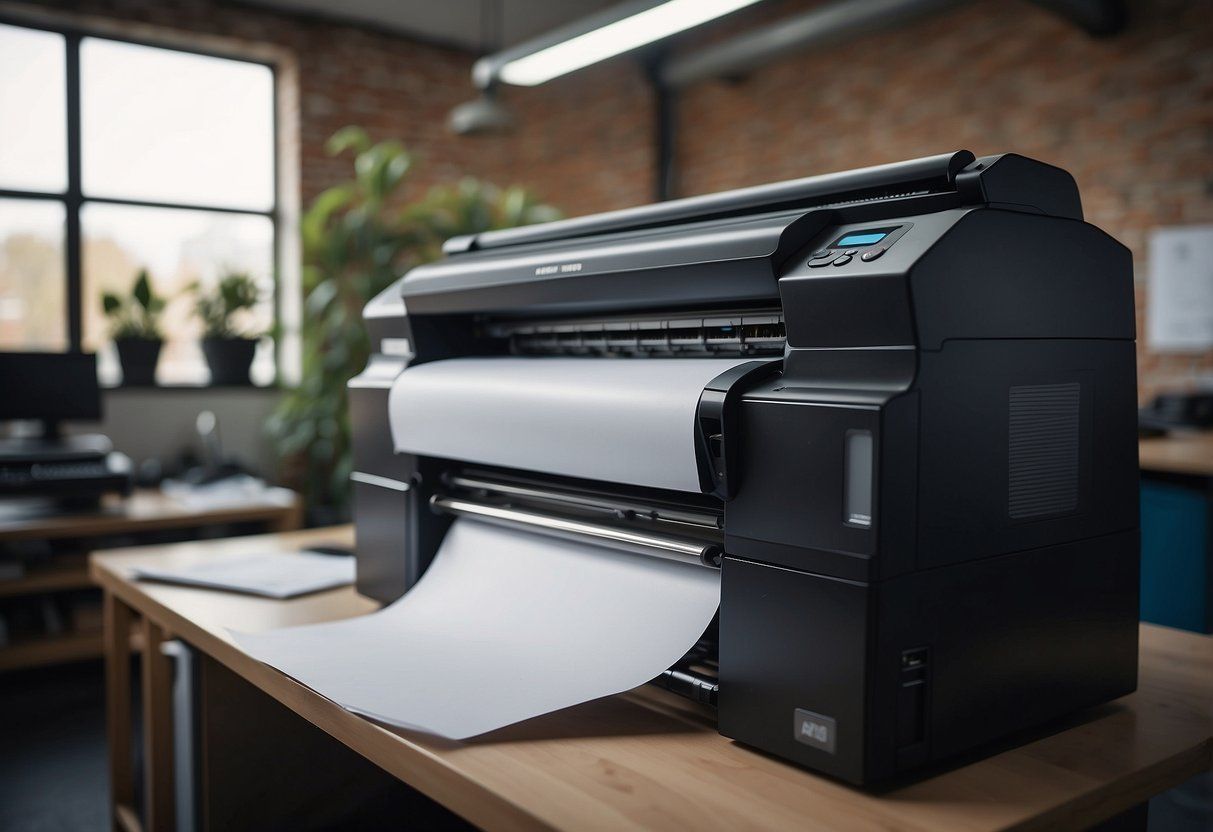
Ready to get started?
Call Main Graphics at 949-788-6100 For Your Free Consultation With A Printing Expert!
Get A Free Quote
All Rights Reserved | Main Graphics
